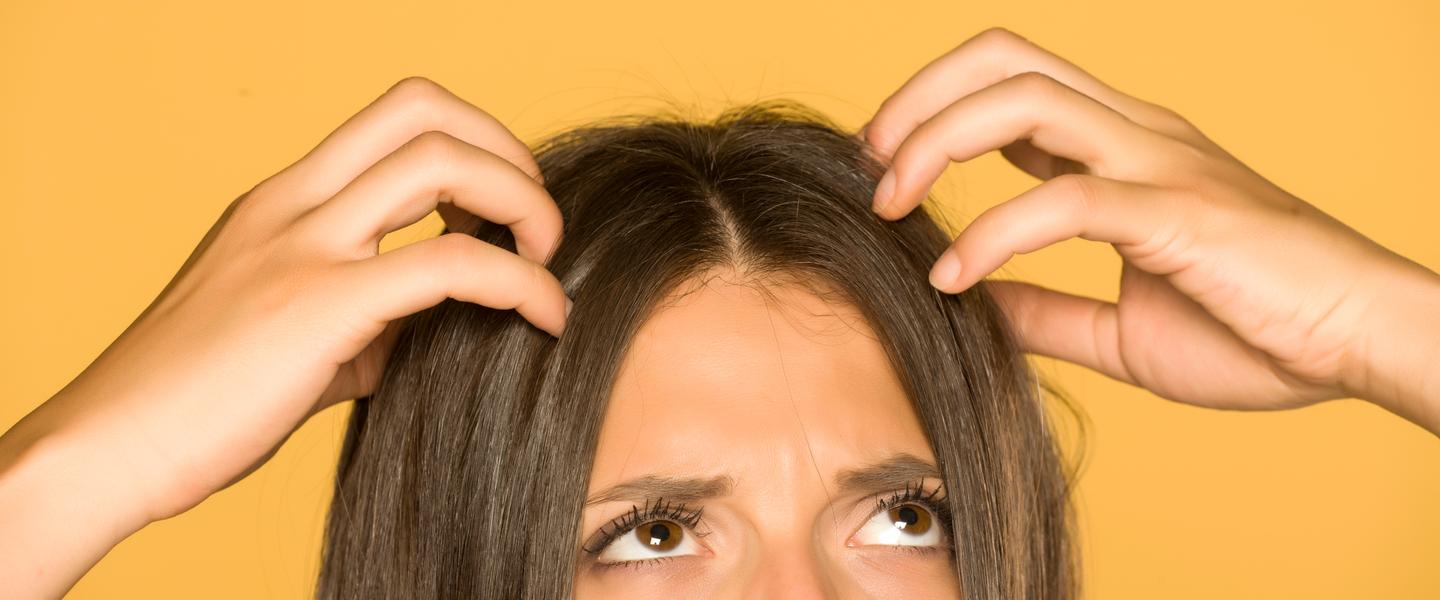Can Head Lice and Nits Live on Pillows and Sheets?
If you’re dealing with a lice infestation, making sure you get rid of any stragglers after a lice treatment is essential. Head lice are extremely common amongst school-aged children and we’ll almost all encounter them at some point in our lives.
Head lice can live on pillows and bedding, and getting rid of them is necessary to end an infestation following treatment. Getting rid of lice also requires understanding their life cycle, how they spread, and what will and won’t kill them.
Read on to find out all you need to know about head lice and the basics of protecting your pillows and sheets.
What are head lice?
As their name suggests, head lice are the type of lice that live their lives on the human head. Lice come in two different categories: chewing lice and sucking lice. None of the 2,500 types of lice that chew lives on humans. Of the 500 species of lice that suck blood from mammals, only three live on humans:
- Head lice (Pediculus humanus capitis)
- Body lice (Pediculus humanus corporis)
- Pubic lice (Pthirus pubis)
What are nits?
Nits is another term used when discussing lice, but they aren’t another type of lice. They are just the egg stage of the lifecycle, so when someone uses the term they are just referring to the lice eggs that have not hatched yet.
Head lice lifecycle
Lice have three forms during their lifecycle:
- Eggs or Nits: Adult lice lay nits on hairs near the scalp and ears. Lice eggs take 8-9 days to hatch.
- Nymph: Nymphs must feed on blood to live. The nymph form lasts 9-12 days.
- Adult: Adults can live 30 days on a person’s head. However, they can only survive 1-2 days without a blood meal.
Where do head lice and nits come from?
Nymphs and adult head lice move from one human head to another. One adult louse on a human head can lay 6-7 eggs a day and 50-100 eggs in a lifetime. Once those eggs hatch and reach adulthood in 17-21 days, the cycle can repeat with lice multiplying exponentially.
Places where head lice usually live:
- On the human head
- In the seams of cloth that has touched the head
How are head lice and nits spread?
Head lice are primarily spread from head-to-head contact or through sharing infected items. They are especially common among school children. Children tend to be one of the largest spreaders of head lice because they have fewer physical boundaries than adults.
Children spread lice among their friends and then bring them home to their siblings and caregivers. A caregiver whose child has brought home lice and hasn’t caught lice themself is lucky. However, it’s not only families with children who are at risk for head lice.
How head lice move from person to person
Head lice move by using their claw-like legs to crawl from one strand of hair to another. They are not able to hop or fly from one head to another. Ways head lice move from person to person include:
- Head-to-head or hair-to-hair contact - The easiest way for lice to move from one person to another is from head-to-head or hair-to-hair contact.
- Contact with infected items - The other way lice move is by contact with infected items such as hats, clothing, brushes, bedding, or towels. However, this method is less common.
Personal hygiene and home cleanliness do not affect how likely a person is to have or spread lice. Lice can continue to multiply in hair despite shampooing, and they can live in clean as well as untidy homes.
Factors that influence the spread of head lice and nits
Several factors can influence the spread of head lice:
- Sex - Males with shorter hair are less likely to catch lice.
- Proximity to other people - People nearer to each other are more likely to spread lice.
- Family size - More people in the same space are more likely to spread lice and share items infected with lice.
- Method of storing clothes - Hats and clothing infected with lice can infect other items of clothing that are touching each other.
- Sharing bedding - Lice can infect bedding and those who use it.
- Sharing hats, wigs, or other head coverings - Anyone who puts an infected head covering on can catch lice.
Can head lice and nits live on pillows or sheets?
Lice and nits can live on pillows and sheets. Lice glue their eggs to the hair strands of their host. However, if a piece of hair with an egg falls out while the lice host is sleeping, an egg could end up on pillows or sheets. Since eggs do not need a host to survive, they will continue to live until a nymph hatches from it.
A louse will ultimately die without a human host. However, it can still live for 1-2 days on a pillow or sheet. Don’t forget that a louse can also lay eggs while it’s hostless.
How long do head lice and nits live on bedding and pillows?
Considering the life cycle of lice and nits, it’s possible to have live lice on a piece of bedding or pillow for up to 13 days. If a louse is without a host for 1-2 days, it will die. However, it can still lay eggs during that time.
FAQs about what to do during an infestation
If you have a lice infestation, the answers to these questions can help you get rid of them.
Do I need to wash pillows after lice?
As head lice can live on pillows, you’ll need to clean them. Adult lice can only survive for two days without a host. However, they can still lay eggs.
If the infected person has had a lice treatment and then picks up stray lice from their pillow, the lice infestation cycle can start all over again. The best thing to do is to use pillow protectors. These are easy to wash, available as a pack of one or pack of two, and prevent lice and eggs from entering your pillow.
Do I need to wash all bedding after head lice?
It’s essential to wash all bedding after a head lice treatment. The heat from a hot water cycle will ensure that no surviving lice can find a host again.
Keep in mind that anything on the bed could be infected if the louse crawled around. If possible, duvets, sheets, pillows, pillowcases, blankets, and stuffed animals should all go in the wash.
Can pets spread head lice?
Luckily, head lice do not attach themselves to dogs, cats, and other household pets. Thus, there is no need to worry about pets spreading head lice.
How can I prevent an infestation?
There are no ways to 100% prevent an infestation. However, there are a few things that you can do to make infestations less likely:
- Hair maintenance - Brush hair regularly and if your child has longer hair, put it up in a ponytail to lessen the chance of hair-to-hair infestation between friends.
- Don’t share head coverings - Avoid sharing hats, wigs, or other hair coverings where possible.
- Avoid trying on head coverings in shops - Avoid trying on head coverings in stores and isolate any new ones for two weeks after purchase.
How to get rid of lice on pillows and bedding
There are three things to do to get rid of lice on pillows and bedding:
- Wash bedding in hot water - Since lice will die in water greater than 54℃ after five minutes, use hot water during the wash cycle if possible.
- Run them through the dryer - Be sure to run pillows and bedding through the tumble dryer in case any lice are left behind.
- Bag any items that can’t be cleaned - Any items that cannot be cleaned, such as dolls or stuffed animals, should go into a rubbish bag for two weeks to ensure all lice and offspring have had time to die.
What should you do if you suspect lice?
The best thing to do if you suspect lice is to seek treatment. Because lice can quickly spread among family members, more than one family member may need treatment. Start by wet combing hair using a lice comb. It’s best to do this on days 1, 5, 9 and 13, then again on day 17 to ensure they are gone.
There are also over-the-counter (OTC) lotions and sprays available if wet combing doesn’t work. Always check the packet and ingredient list before using. In some cases, super lice have become resistant to OTC medications.
If you’re still struggling to remove lice, speak to your local pharmacist or GP for more severe cases.
How long is a lice infection?
A lice infection will last until the final egg and louse are dead. If you miss eggs or lice during the removal process, the life cycle may start over again.
How having a washable pillow protector can help
If lice are a recurring problem in your home or you want to avoid the possibility of having to rewash a pillow, it’s worth investing in a pillow protector. If you have a pillow protector, you can just wash the protector and not the pillow.
When you’re doing so many loads of laundry (sometimes, over and over again), having one less bulky item to wash can help. If you have two, you can wash one and use the other.
Sleepseeker has a variety of pillow protectors to make your life easier during a lice infestation. Consider our Slumberdown Anti-Allergy Pillow Protector for an allergy sufferer or the Slumberdown Teflon Pillow Protector to protect pillows from stains.
We also have a wide range of pillows for you to choose from, such as feather pillows, luxury pillows and anti-allergy pillows.
Why not consider some of our other bedding options, including duvets, mattress toppers and wellbeing bedding.
Read more of our guides:
What's trending now...
-
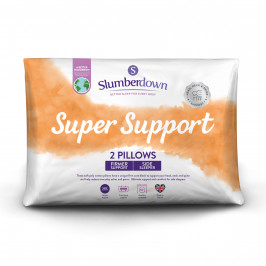
Slumberdown Super Support Firm Support Side Sleeper Pillow, 2 Pack
£17.00
Shop Now -
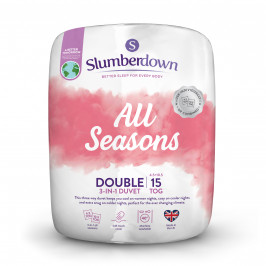
Slumberdown All Seasons Combi 15 Tog (10.5 + 4.5 Tog) Double Duvet
£30.50
Shop Now -
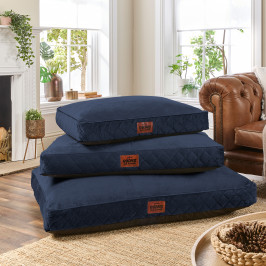
Slumberdown Paws for Slumber Navy Pet Bed, Large
£49.00
Shop Now -
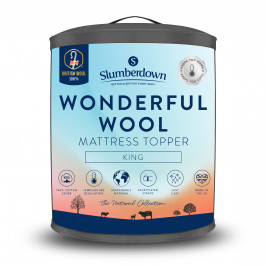
Slumberdown Wonderful Wool Mattress Topper, King
£60.00
Shop Now -
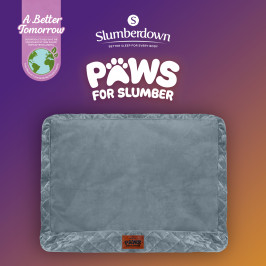
Slumberdown Paws for Slumber Extra Large Pet Bed Spare Cover, Grey
£20.00
Shop Now -
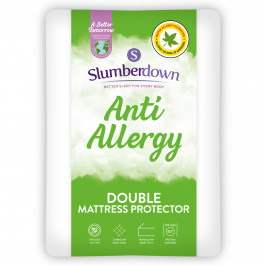
Slumberdown Anti Allergy Mattress Protector - Double
£20.50
Shop Now -
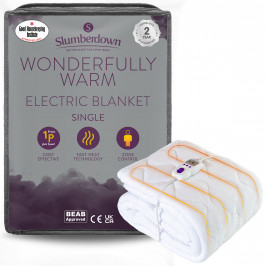
Slumberdown Wonderfully Warm Electric Blanket - Single
£60.00
Shop Now -
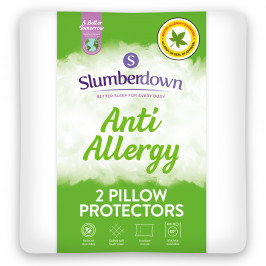
Slumberdown Anti Allergy Pillow Protector - Pack of 2
£15.50
Shop Now -
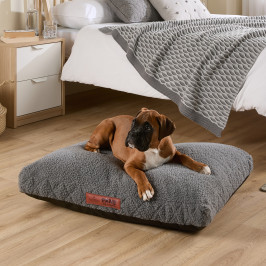
Slumberdown Paws For Slumber Sherpa Pet Bed, Medium
From: £25.00
Shop Now -
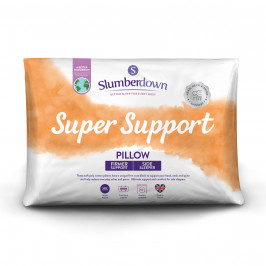
Slumberdown Super Support Firm Support Side Sleeper Pillow
From: £17.00
Shop Now -
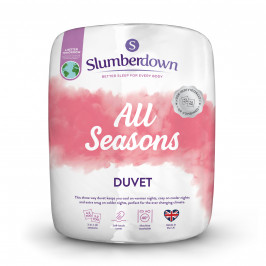
Slumberdown All Seasons Combi Duvet
From: £25.50
Shop Now -
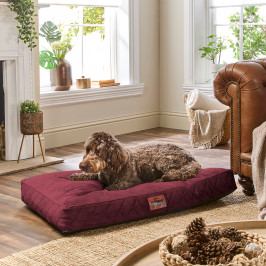
Slumberdown Paws for Slumber Large Pet Bed
From: £49.00
Shop Now -
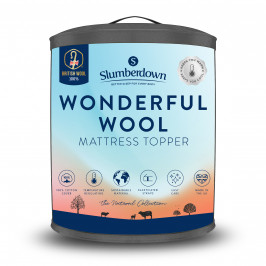
Slumberdown Wonderful Wool Mattress Topper
From: £54.50
Shop Now -
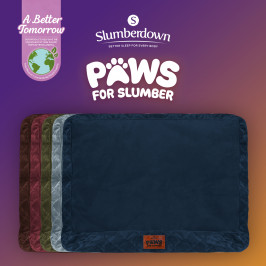
Slumberdown Paws for Slumber Extra Large Pet Bed Spare Cover
From: £20.00
Shop Now -
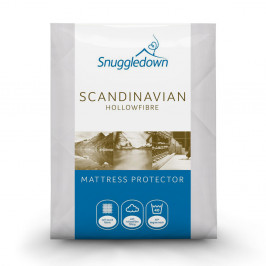
Snuggledown Scandinavian Hollowfibre Mattress Protector
From: £14.00
Shop Now -
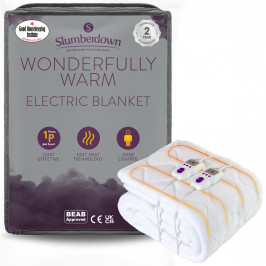
Slumberdown Wonderfully Warm Electric Blanket
From: £60.00
Shop Now -
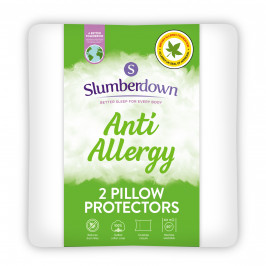
Slumberdown Anti Allergy Pillow Protector
From: £15.50
Shop Now -
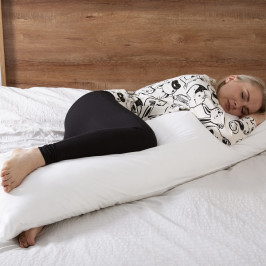
Slumberdown Body Support Pillow, 1 Pack, Includes 100% Cotton Pillow Case
£20.00
Shop Now -
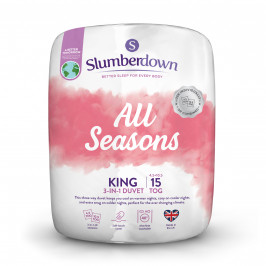
Slumberdown All Seasons Combi 15 Tog (10.5 + 4.5 Tog) King Size Duvet
£34.00
Shop Now -
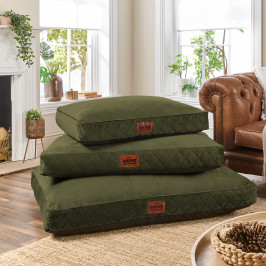
Slumberdown Paws for Slumber Olive Green Pet bed, Medium
£39.00
Shop Now -
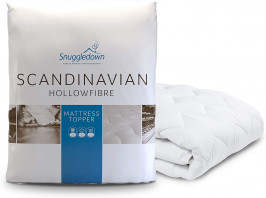
Snuggledown Scandinavian Hollowfibre Mattress Topper - Super King
£35.50
Shop Now


